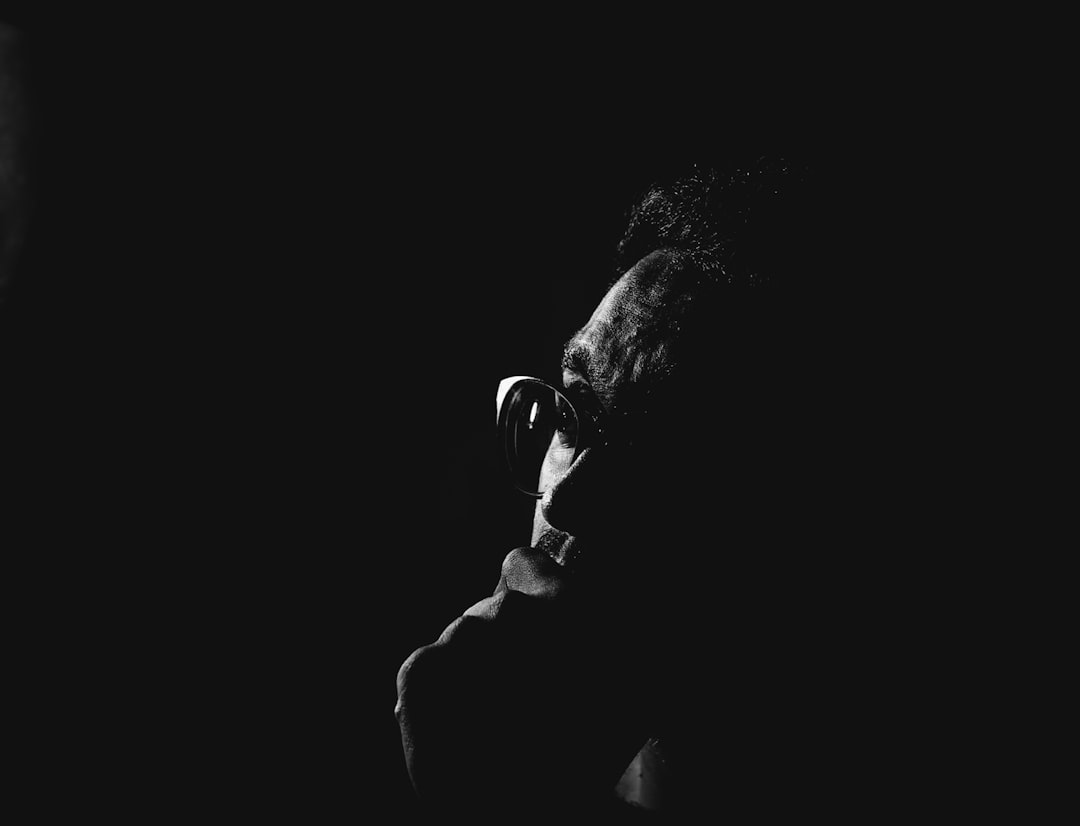All Nonfiction
- Bullying
- Books
- Academic
- Author Interviews
- Celebrity interviews
- College Articles
- College Essays
- Educator of the Year
- Heroes
- Interviews
- Memoir
- Personal Experience
- Sports
- Travel & Culture
All Opinions
- Bullying
- Current Events / Politics
- Discrimination
- Drugs / Alcohol / Smoking
- Entertainment / Celebrities
- Environment
- Love / Relationships
- Movies / Music / TV
- Pop Culture / Trends
- School / College
- Social Issues / Civics
- Spirituality / Religion
- Sports / Hobbies
All Hot Topics
- Bullying
- Community Service
- Environment
- Health
- Letters to the Editor
- Pride & Prejudice
- What Matters
- Back
Summer Guide
- Program Links
- Program Reviews
- Back
College Guide
- College Links
- College Reviews
- College Essays
- College Articles
- Back
The Self-saving Journey of Mizoguchi: From Self-awareness to Self-destruction
Yukio Mashima’s novel The Temple of the Golden Pavilion tells the story of an acolyte who burned the Reliquary of Kinkaku-ji (金閣寺) also known as the Temple of the Golden Pavilion). A central theme of the novel concerns the social oppression of disability and how such oppression can force someone to indulge his or her dark side. However, the core of this novel is the conflict between self preservation and fate, which forces the main character, Mizoguchi, to the ultimate form of self destruction.
After the death of his father, Mizoguchi, who has suffered from stammering since birth, serves as an acolyte in Kinkaku-ji. Little Mizoguchi perceives Kinkaku-ji as an object that reflects his pursuit of ultimate aesthetic beauty. However, his life as an acolyte alters his view of Kinkaku-ji. Several factors, including the death of his first friend, Tsurakawa; the philosophy of Kashiwagi, another character in the novel; and the ugliness of the Superior Tayama Dosen, drive his decision to burn the supreme beauty.
At first glance, it appears that a series of events have polluted Mizoguchi’s soul. He abandons himself and sells his soul to evil. However, the truth is that Mizoguchi gradually finds himself and resolves his dilemma. He therefore tries his best to get rid of his shackles. In the end, he fails before fate.
Mizoguchi befriends two people: Tsurukawa, a figure of good, and Kashiwagi, a figure of evil. Only after he becomes friends with light and darkness can he formally embark on his journey of developing full personhood. People who experience oppression from a young age often become pessimistic. In the case of Mizoguchi, the existence of Tsurukawa manifests his conception of the bright side of humanity. On the other hand, Kashiwagi is similar to him, and he exposes the darkness of humanity that lies behind the cover of brightness. For Mizoguchi, brightness is more fragile than darkness, and the death of Tsurukawa confirms his thinking. Moreover, the truth of Tsurukawa’s death becomes the final straw that pushes Mizoguchi to action. However, despite their obvious opposition, Kashiwagi isn’t pure evil; he always has a thorough view of reality even though his observations are used as evidence to support his pessimistic and distorted philosophy. In other words, his existence promotes the protagonist’s journey of self-awareness.
Tsurukawa and Kashiwagi generate strong tension in the story. If this tension seems like the rubberband of a slingshot, then Kinkaku-ji is the finger that shoots. It serves as an enlightened being, and it changes several times in Mizoguchi’s view. At first, it represents infinite beauty that has to be destroyed. As time goes on, it becomes the infinite beauty that will be produced at the instant of its destruction. No matter which form it takes, the beauty of Kinkaku-ji is derived from Mizoguchi’s perception. As the pebble that is unleashed by the slingshot, Mizoguchi sets the fire that burns Kinkaku-ji. His goal is to destroy the shackle that restrains him. In some sense, he conceals his self from the image of Kinkaku-ji, and the combination of his self-abasement and arrogance results in his suffering. The exclusion of his personality is reflected in his shifting perception of Kinkaku-ji. Sometimes he is contemptuous of it, while sometimes he is humble before it. At other times, he feels desperation in its presence, while at other times he is filled with dissatisfaction.
The process of burning the actual temple is part of his attempt to save himself. When Mizoguchi deconstructs ultimate beauty in his mind, and when he takes off his inner mask, he consciously tries to reveal his true self. He seeks detachment in order to end the suffering that derives from his desire for the beauty of Kinkaku-ji.
Does he gain nirvana at last? I would say no. His motive of self-preservation leads to self-destruction. In the last scene, after Mizoguchi sets the fire, he lights a cigarette and says to himself, “I wanted to live”. Everything he has previously done was an effort to discover his self. However, at the last moment, he returns to the secular world. He fears death, and his new desire, which is to live, will lead to a new round of suffering. Propelled forward by the tension created by those around him, Mizoguchi does not head toward enlightenment. Instead, he is a pebble, hurtling toward nothingness. His attempt to burn down the temple contradicts his final feelings.
Undoubtedly, Mizoguchi can be seen as a tragic hero who is fighting against fate but is ultimately dominated by unavoidable destiny. This destiny shackles his self. On the other hand, he epitomizes ordinary people who accept their fates unwillingly. The dramatic tension Yukio Mishima creates in this novel is a taunt to the absurdity of reality.
Similar Articles
JOIN THE DISCUSSION
This article has 0 comments.


One of my favorite books... Lead me to think more about Japanese literature and philosophy.